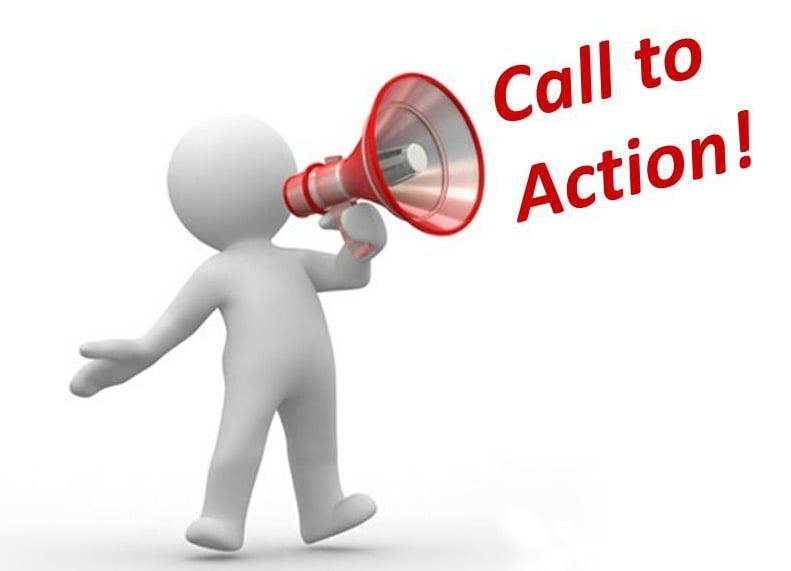
CTA's
In this blog post, I am going to first talk about the importance of CTA's. If you are unaware, CTA stands for "call to action" which is a link that is added to a page to encourage some type of action such as link to sign up for a store's e-mail list that sends special offers and coupons. CTA's are often found on websites, emails and blogs, however the call to action button should be placed at different spots. If you are adding a call to action button on a website or e-mail, it can be placed anywhere where it is not distracting to the user on the website or e-mail, but can still catch their attention. If you are adding a call to action onto a blog, it should be placed at the end of the blog post, or on the side bar. You can measure a call to action button by looking at the click rate. A good click through rate goal to aim for a CTA would be be 1-2%, and a good click-to-submission goal to aim for would be about 10%. Whether you are getting good or bad results, it is still important to make some type of change and analyze the results. You will want to know what is working and what is not. The next step in the conversion process is the landing page!
Landing Page
Creating CTA's that are attractive is important, but in
order to successfully generate leads it is also just as important to create an
attractive landing page. A landing page is the page that you will reach if you
click on a call to action link or button. It is the first thing that someone
will see once they click the link. There are two types of landing pages: click
through landing pages, and lead generation landing pages. Click through landing
pages are focused on persuading the customer to click through to another page.
An example of this type of landing page would be a product description. The
main goal of click through landing pages is to push a visitor closer to a
purchase decision. A lead generation landing page is used to gain user data
such as a name or an e-mail address. The main goal of a lead generation landing
page is to collect one's information so that it can be used for the company to
market to the person at another time. An example of this would be an e-mail
list. Once you have created an attractive landing page, the last step is a
simple thank you page. The conversion process will now be complete as follows:
call to action, landing page, and thank you page.

No comments:
Post a Comment